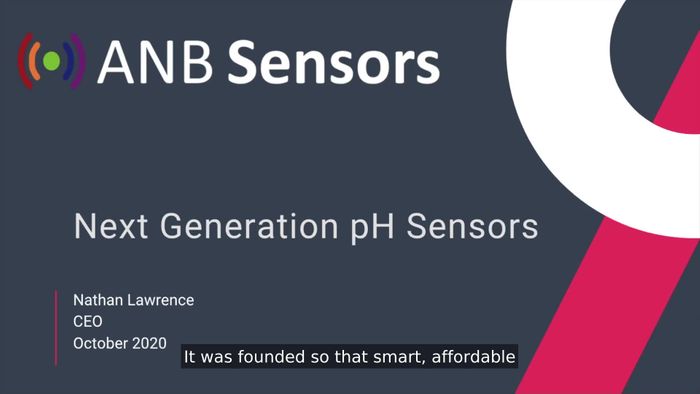Abstract
Since the beginning of the industrial revolution, the ocean has become increasingly acidic due to uptake of atmospheric CO2. There is an urgent need for in situ pH measurements to provide a high spatial and temporal resolution. However, today’s ship-based measurements cannot achieve this. While the introduction of intelligent and low-cost autonomous underwater vehicles (AUVs) provide the platform to obtain the data, the development of small, reliable pH sensors for deployment on these smaller AUV’s lags behind.
ANB Sensors Ltd have identified and filed patents for a disruptive, enabling technology which allows for pH measurement in demanding aqueous media. ANB is running an INNOVATE UK funded project to translate its sensing technology into a system suitable for AUV deployment. This presentation highlights the solid state chemistry behind the concept, details results from recent field trials, and shows how the sensing technology is being adapted to AUV systems for trials.
Video




